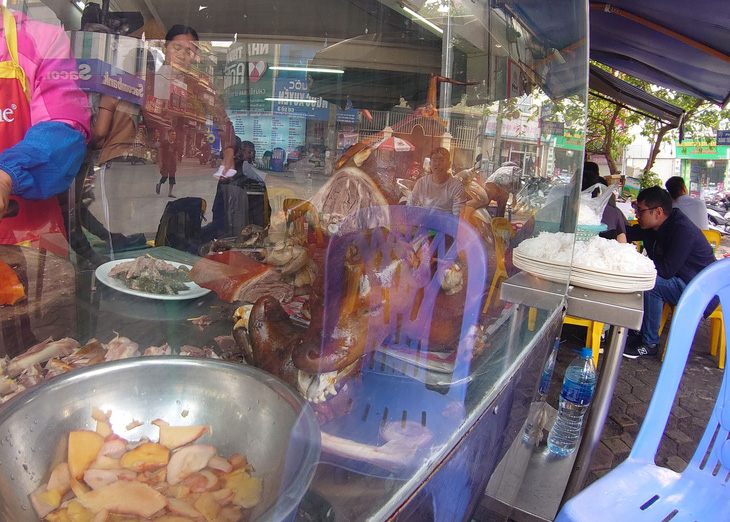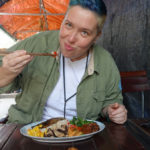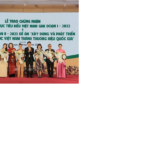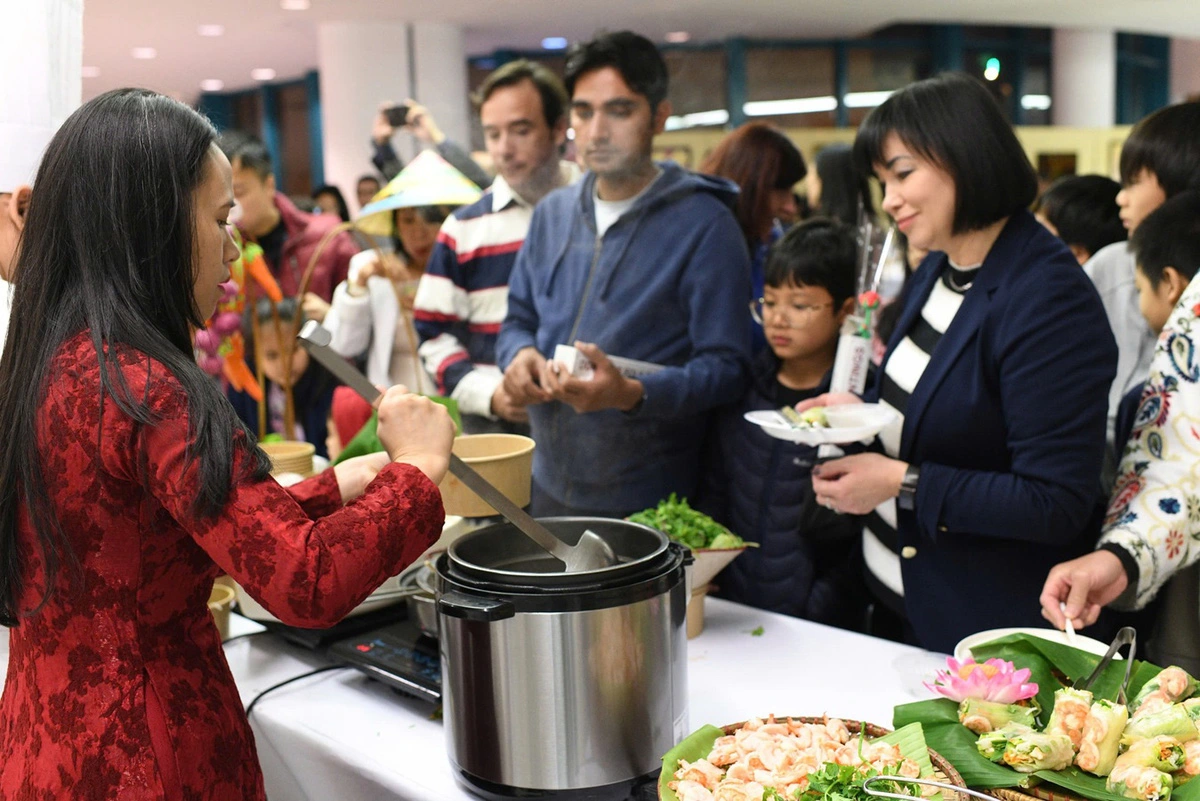The consumption of dog meat has recently sparked public interest in Vietnam, with a restaurant in Hoi An closing down and a slaughterhouse in the north ceasing operations. This has led to a larger discussion about cultural differences in food choices and the role of tradition, religion, and availability in shaping these preferences.
While some may view dogs as beloved pets, it is important to recognize that different cultures have varying perspectives on animals. For example, bear paw soup is considered a delicacy in many Asian and European countries, and dishes like ‘civet de chevreuil’ (venison) and ‘lapin a la moutarde’ (rabbit cooked in mustard) are popular in European cuisines. Similarly, rabbits, which are adored as domestic pets worldwide, are also consumed as food in many places.
The author questions the Western perspective on fish, noting the oddity of diners requesting the removal of the head before plating. In contrast, some cultures relish dishes like grilled pig’s rectum, live larvae, barbecued scorpions, and crickets, which may seem unusual to Western palates. The strongest connections between locals and visitors are often formed through sharing and enjoying local cuisine, even if it includes dishes like “tiết canh” (raw duck or pork blood pudding).
Religious beliefs also play a significant role in food choices. In predominantly Islamic Indonesia, beef is a staple while pork is considered “haram” and unfit for consumption. However, just a short distance away in Bali, “babi guling” (suckling pig) is widely enjoyed. The Balinese, who are Hindu, worship cows and consume pork freely. Despite these differences, there is a mutual respect for each other’s choices and customs.
The author argues that it is presumptuous for visitors to Vietnam to judge or dictate the local culinary traditions. Instead, it is important to recognize the richness and diversity of Vietnam’s culinary arsenal, which boasts thousands of dishes that surpass Western fast food in terms of variety and flavor.
In conclusion, the author suggests that rather than imposing our own food preferences, we should embrace the evolution of culinary cultures and seek to understand the traditions and choices of others. After all, when it comes to food, we Westerners are the newcomers exploring a vast and diverse culinary world.
Mystery bag and a box of beer in Vietnam
Your browser does not support the audio element. As expats living in Vietnam, we learn to roll with the punches, tactfully field tricky questions from locals, and smile at little kids who touch us then run away at breakneck speed giggling their heads off. Part of the package is that eerie feeling we’re being observed, […]
Celebration In Hanoi Pays Tribute to 121 Iconic Vietnamese Dishes
At a ceremony in Hanoi on September 29, the Vietnam Culinary Culture Association (VCCA) honoured 121 Vietnamese dishes with certificates, marking the first stage of their project to develop the country’s culinary culture into a national brand. The second phase of the project will begin in 2023.









